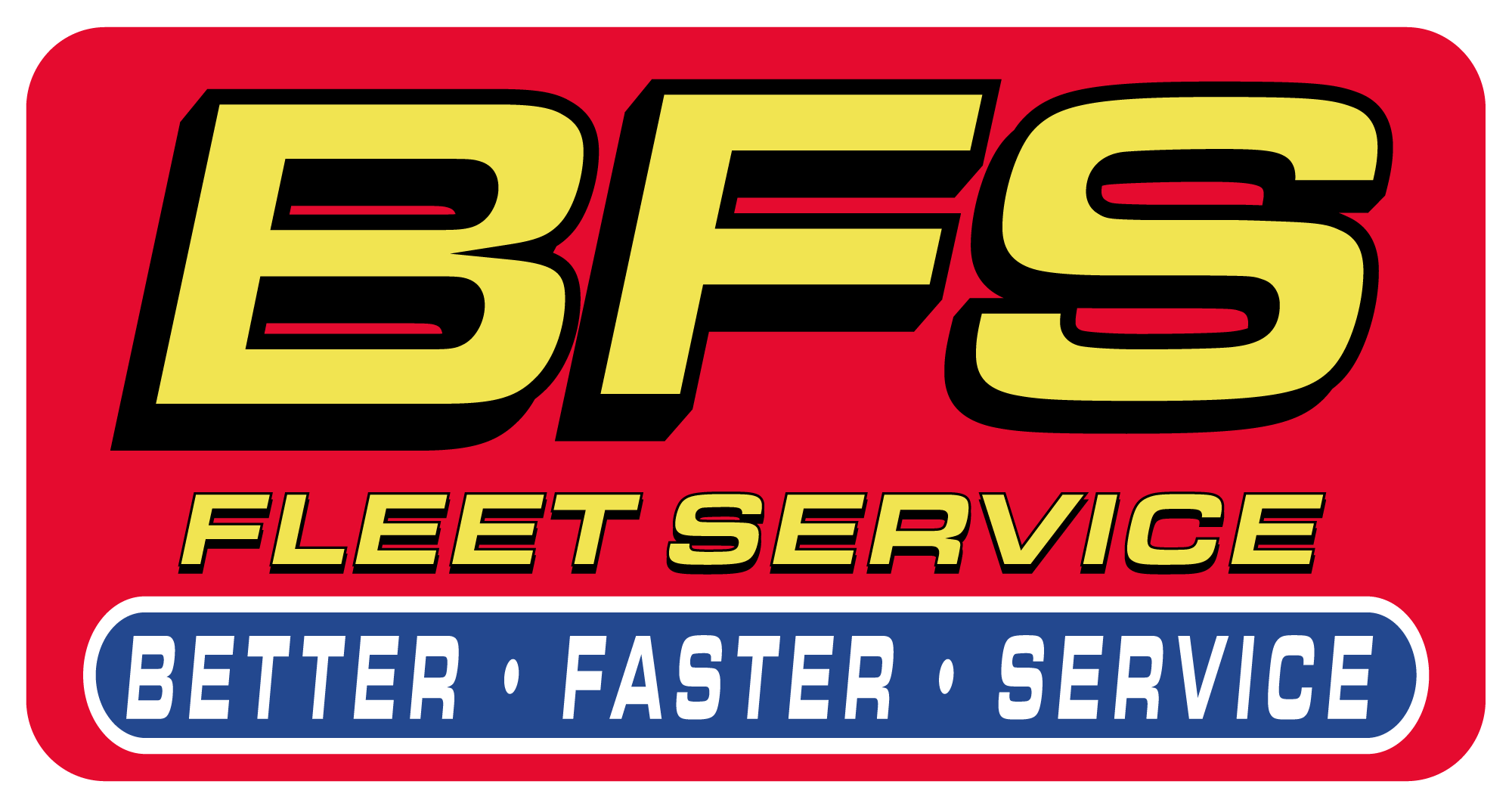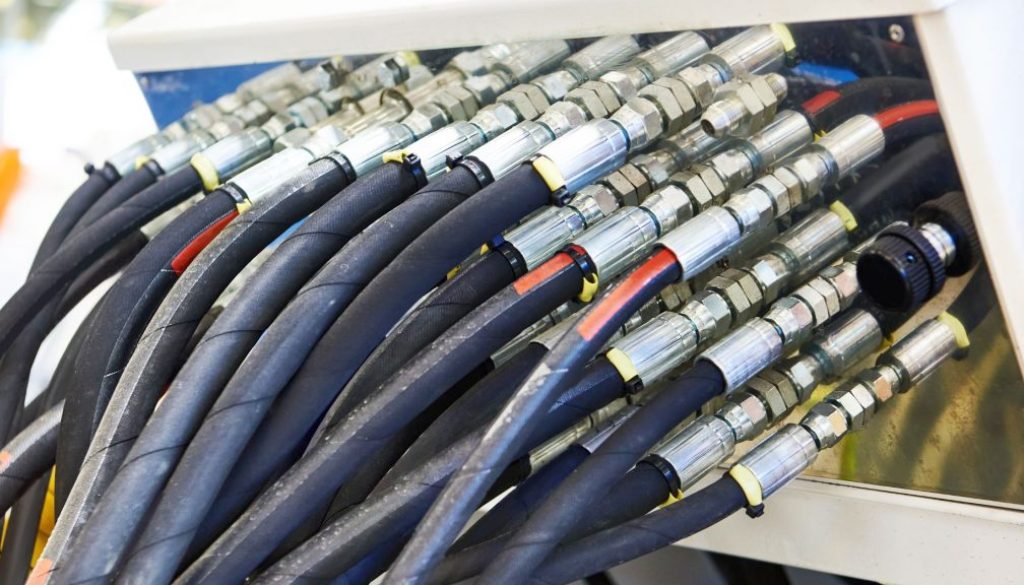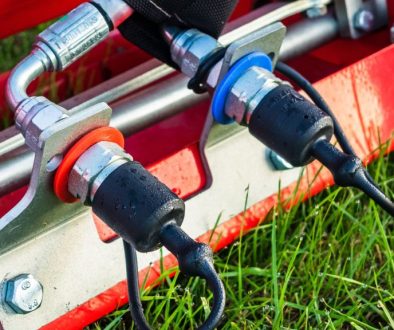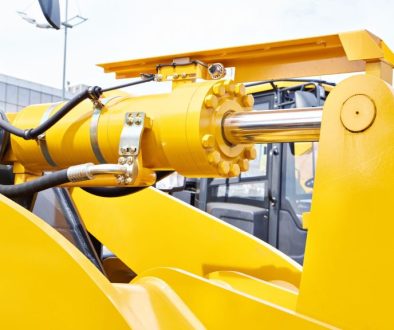Hydraulic system failures are a leading cause of downtime for heavy equipment, industrial machinery, and fleet vehicles. According to the International Fluid Power Society (IFPS), up to 70% of hydraulic failures are caused by contamination, leaks, or improper maintenance. Learning basic troubleshooting allows operators and maintenance teams to quickly identify issues, minimize downtime, and determine when professional help is necessary. This guide walks you through a step-by-step process to diagnose common problems safely and effectively.
Safety First: Precautions Before You Begin
Hydraulic systems operate under high pressure, often exceeding 3,000 PSI. A small fluid leak can cause injection injuries, and improper handling can lead to severe equipment damage. Always follow these precautions:
- Depressurize the System: Before inspecting, release system pressure following manufacturer instructions.
- Wear PPE: Gloves, goggles, and protective clothing are essential.
- Avoid Direct Contact: Never use hands to check for leaks — use cardboard or paper.
- Consult Manuals: Review equipment-specific troubleshooting guidelines.
If you are unsure or uncomfortable, skip troubleshooting and call a qualified technician immediately.
Step 1: Check Hydraulic Fluid Levels and Condition
Low or contaminated fluid is the most common cause of hydraulic issues. Perform these checks:
- Check Fluid Level: Use the dipstick or sight gauge to ensure proper levels.
- Assess Fluid Quality: Healthy fluid should be clear and consistent in color. Dark, milky, or burnt-smelling fluid indicates contamination or overheating.
- Top Off or Replace: If levels are low, top off with the manufacturer-recommended hydraulic fluid. Severely degraded fluid requires a full flush.
According to Hydraulics & Pneumatics magazine, regular fluid analysis can reduce hydraulic failures by up to 50%, making this step crucial.
Step 2: Inspect Hoses, Fittings, and Connections
Hoses and fittings are common failure points. Check for:
- Visible Leaks: Look for wet spots or puddles near hoses and fittings.
- Cracks or Abrasions: Damaged hoses compromise system integrity.
- Loose Fittings: Tighten any visibly loose connections using appropriate torque settings.
- Signs of Chafing: Install protective sleeves or re-route hoses if rubbing occurs.
If you find significant damage, replace the affected hose or fitting immediately.
Step 3: Listen for Unusual Noises
Hydraulic systems often provide audible clues to underlying problems:
- Whining or Whistling: Indicates air in the system or cavitation.
- Knocking or Banging: Suggests issues with valves, pumps, or trapped contaminants.
- Hissing: May point to a high-pressure fluid leak.
Documenting these sounds and when they occur (idle vs. load conditions) helps technicians diagnose the problem more efficiently.
Step 4: Test System Performance
Operate the equipment under light loads to assess functionality:
- Slow or Jerky Movement: May indicate low pressure, worn components, or air in the system.
- Erratic Pressure Readings: Check gauges to see if pressure fluctuates unexpectedly.
- Excessive Heat: Overheating points to fluid problems or inefficient components.
If problems persist after these checks, further diagnostics by a professional are necessary.
Step 5: Identify When It’s Time for Professional Repair
If troubleshooting doesn’t resolve the issue or you encounter:
- Persistent Leaks: Indicating deeper seal or hose failures.
- System-Wide Failures: Multiple components malfunctioning simultaneously.
- Dangerous Conditions: High-pressure leaks, severe overheating, or strange vibrations.
It’s time to call a professional hydraulic repair service. Continuing to operate damaged equipment can worsen the issue and lead to expensive repairs.
Partner with BFS Fleet Services for Expert Diagnostics
At BFS Fleet Services, our team provides comprehensive hydraulic system diagnostics and repairs in Buffalo. We specialize in identifying the root cause of failures, from contamination to component wear, and implementing solutions to get your equipment back in top condition. With on-site repair options, we minimize downtime and keep your operations running smoothly.




